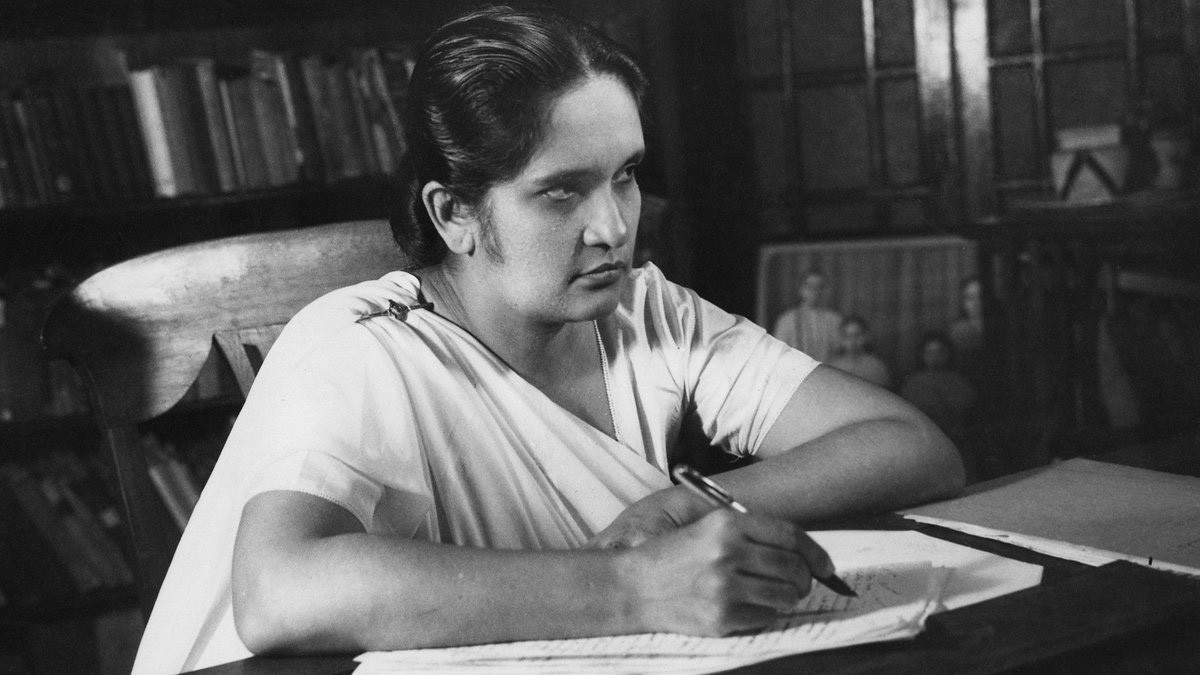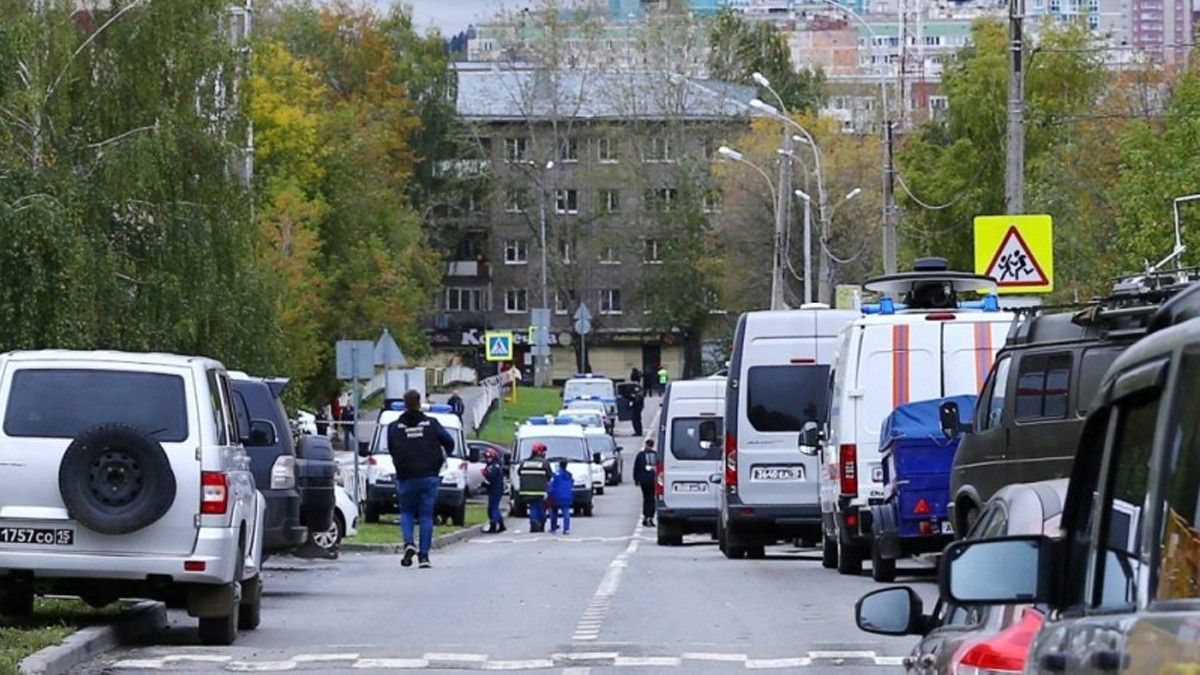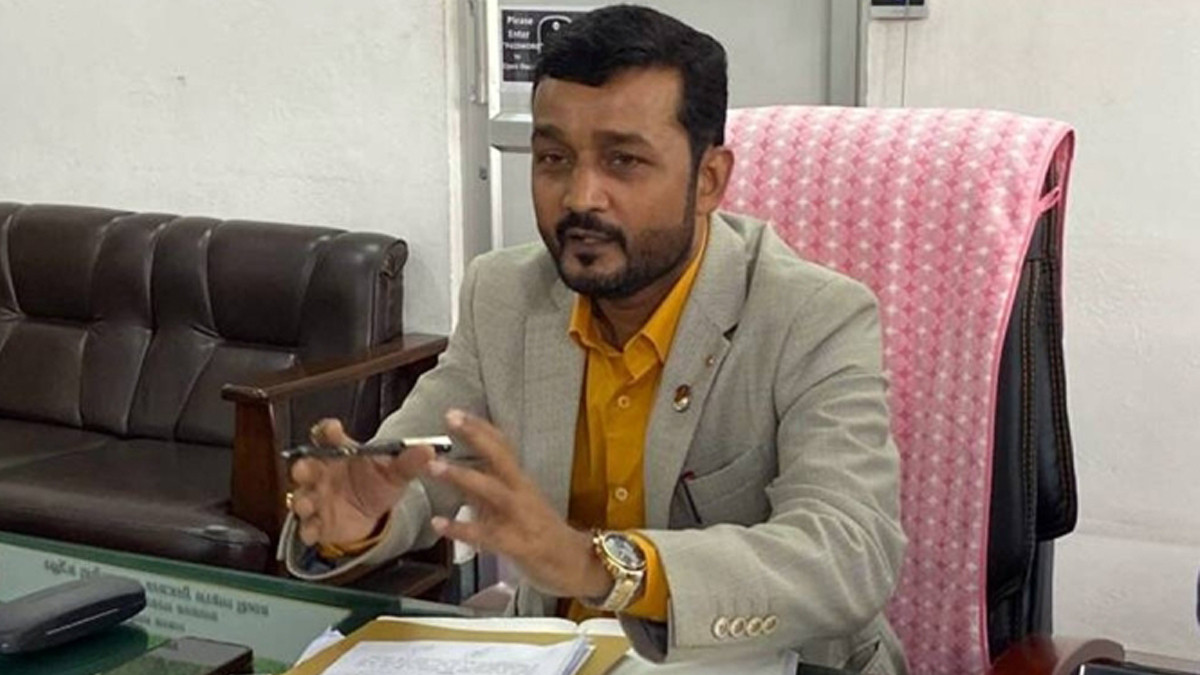 Sirima Bandaranaike entered politics only after the assassination of her husband.Social Media
Sirima Bandaranaike entered politics only after the assassination of her husband.Social Media
Sri Lanka known as Ceylon made history 60 years ago when Sirimavo Bandaranaike was sworn in as the world’s first woman prime minister as well as Minister of Defence and External Affairs on 21 July 1960.
At a time in history when the idea of a woman leading a country was almost unthinkable to the public. Bandaranaike helped raise the global perception of women's capabilities.
The newspapers were full of details and pictures about the historic event. Everyone seemed to be thrilled that the country had produced the world’s first woman prime minister. There was a festive air all over.
Sirimavo was born on 17 April 1916 in Balangoda as the eldest daughter of Barnes Ratwatte Dissawe and Rosalind Hilda Mahawelatanna Kumarihamy. A well-known astrologer, Hetuwa Gurunanse, was summoned to chart her horoscope. The parents were flabbergasted to hear that their daughter would be the future queen of the country. The horoscope however proved right and the girl did become queen, but an uncrowned one.
Sirimavo was educated at Colombo’s St. Bridget’s Convent. She married in 1940 with Solomon W.R.D. Bandaranaike who founded the socialist Sri Lanka Freedom Party in 1951 and became prime minister in 1956.
Solomon and Sirimavo had three children. The two daughters Sunethra and Chandrika were born in 1943 and 1945 respectively. The son Anura was born in 1949. He passed away in 2008.
Sirimavo was content to be a housewife and mother of three children for 20 years while her husband went on to win political laurels as minister, opposition leader and then prime minister. SWRD himself never encouraged Sirima to be involved in politics. It was after the murder of her husband in September 1959. Party leadership and the prime ministerial office were not something she desired, but both trappings were thrust upon her.
Sirimavo entered into active politics by successfully leading the Sri Lanka Freedom Party at the 1960 July General Elections. After the elections, Sirimavo Bandaranaike made history by becoming the first female Prime Minister in the World. Her active political life spans over 50 years, during this period she was Prime Minister three times (1960-65, 1970-77 and 1994-2000), the leader of Opposition for two times (1965-70, 1989-1994) and the leader of the SLFP.
During her first phase as Prime Minister (1960-65) the nationalization process continued unabated. A series of initiatives were taken to strengthen the role of the state in the economic affairs of the country, curtail the power of ‘external’ forces in the economy and ensure redistributive justice. In the second phase as the Prime Minister (1970-77), the emphasis was more on attending the three key elements of post-colonial state building process, namely assigning a foundation ideology for the state, building institutional apparatus and developingphysical and human base in line with above two.
In this endeavor, the priority was on anti-colonialism and redistributive justice perhaps at the expense of national integration. The First Republican Constitution of 1972 which severed the constitutional umbilical cord with the colonial master was an outcome of the post-colonial institution building process launched under her leadership. The land reform package, implemented in the period 1972-75, set a ceiling for ownership of land and took over plantations owned by Sterling companies and a host of state institutions were established for the management of the land acquired by the state.The expansion of the role of the state in day-to-day economic affairs gave sharp rise to public corporations. These steps epitomized the political process set in motion in 1956.
Another area where her mark was firmly imprinted was foreign policy. Based on the policy framework set out by her late husband, she developed and elevated Sri Lanka’s non-aligned foreign policy to new heights earning international fame.
Furthermore, she pursued effective South Asian policy to further the national interests of Sri Lanka. While maintaining strong and amicable relations with India she developed equally strong links with other Asian powers, especially China and the Arab world.

Her leadership qualities became even more apparent when she was out of power. Her role as the leader of the opposition and the leader of the SLFP was exemplary
In her long political life, she played a key role in the center of politics in many capacities. Above all, most admiring quality of Madam Bandaranaike was her humanity. In the later stage, she played a role of an elderly stateswoman and many irrespective of political color came to her for advice and solace.
Unfortunately, Bandaranaike died on 10 October 2000 of a heart attack at Kadawatha, as she was heading home to Colombo. She had been casting her vote in the parliamentary election, which had been held that day. Sri Lanka declared two days of national mourning, and state radio stations abandoned their regular programming to play funereal laments. Bandaranaike's remains lay in state in the parliament, and her funeral subsequently took place at Horagolla where she was interred in the mausoleum, Horagolla Bandaranaike Samadhi, originally built for her husband.

Interesting facts about Sirimavo Bandaranaike first female Prime Minister in the world:
- The first female Prime Minister was educated in Catholic, English-medium schools, but remained a Buddhist and spoke Sinhala as well as English.
- Sirimavo Bandaranaike also served as the Minister of Defence and External Affairs of Sri Lanka.
- She got married to SWRD Bandaranaike, who later became the Prime Minister of Sri Lanka.
- Sirimavo Bandaranaike joined the Lanka Mahila Samiti (Lankan Women's Association), the country's largest women's voluntary organization in 1941.
- The first female Prime Minister was unanimously elected party president by the executive committee of the Freedom Party of Sri Lanka.
- She worked and focused on improving the lives of women and girls in rural areas of Sri Lanka.
- Sirimavo Bandaranaike in 1975 created the Ministry of Women and Child Affairs in Sri Lanka.
- The first female Prime Minister played a significant role abroad as a negotiator and a leader among the Non-Aligned Nations.
- She was stripped of her civil rights in 1980 for abuses of power during her tenure and barred from the government for seven years.
Sirimavo Bandaranaike died on 10 October 2000 of a heart attack at Kadawatha.
- Report By Adarsha Adhikari with News Agency Inputs
(*We express our sincere apologies for the mistake we made in our title earlier- Editor)










